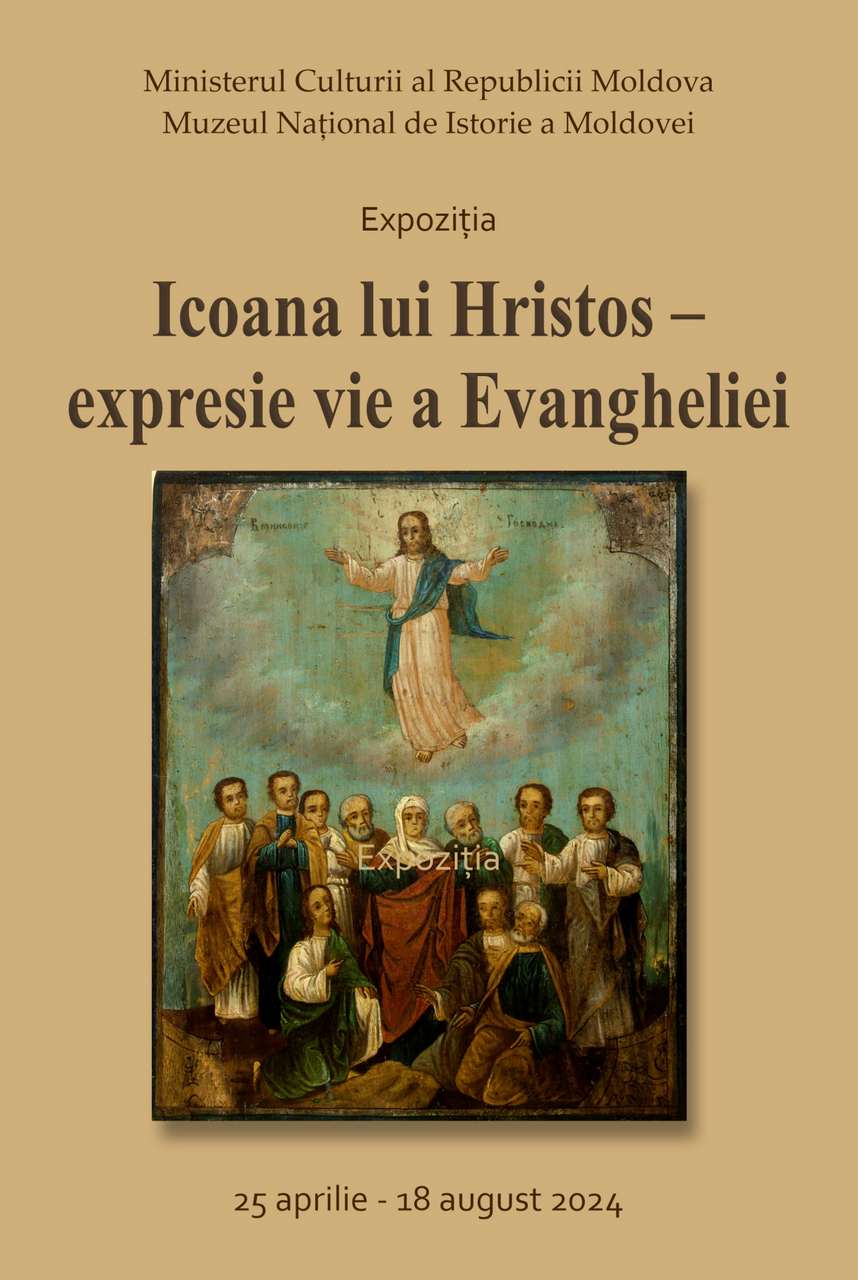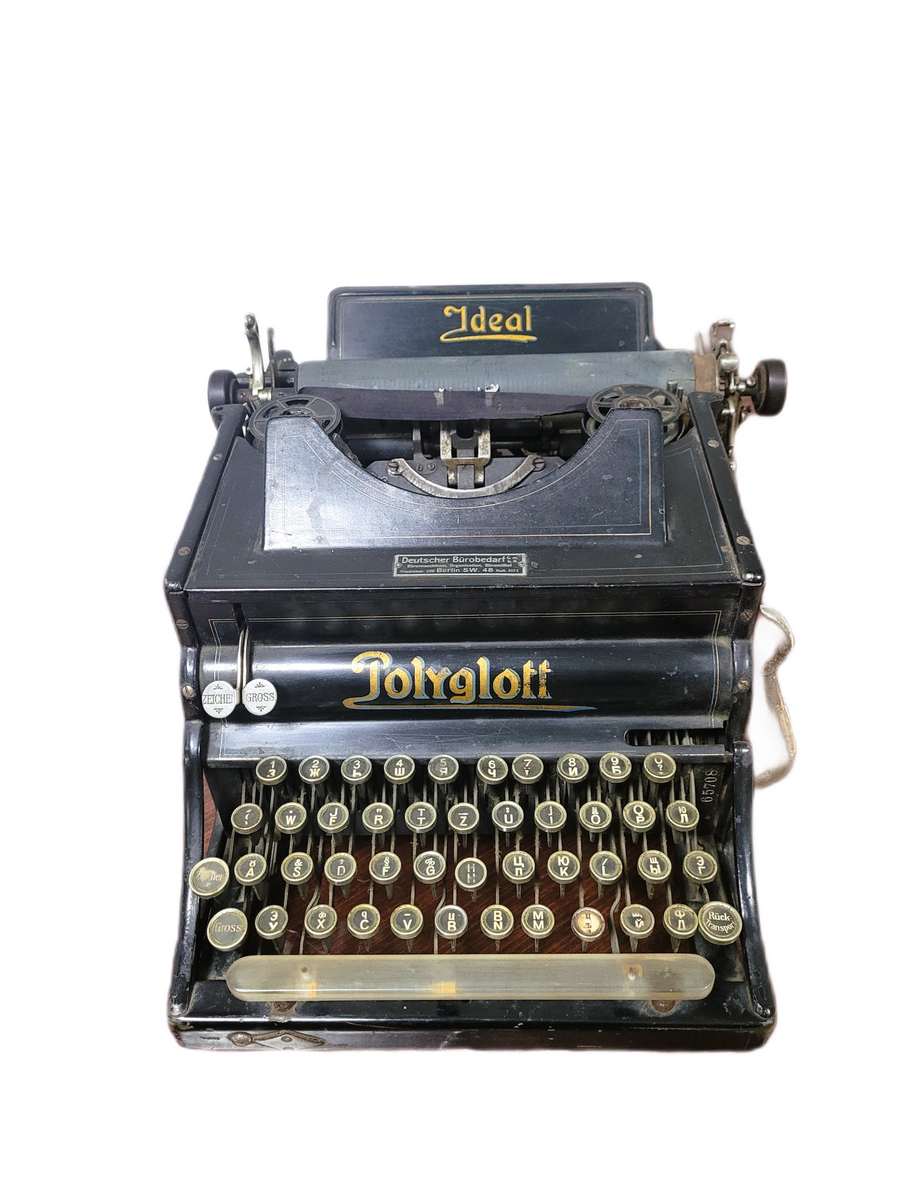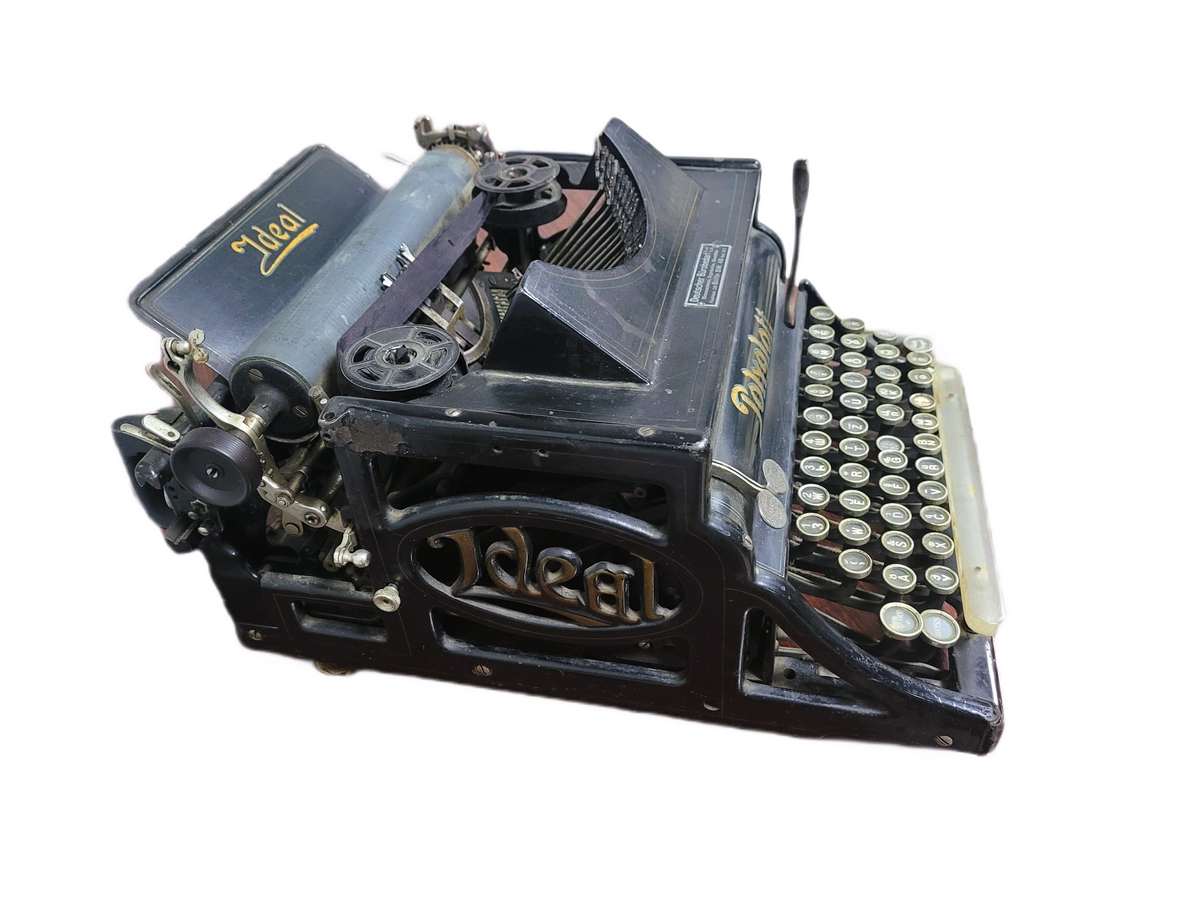 The exhibition entitled "Icon of Christ - living expression of the Gospel" is dedicated to the collection of icons with a Christological theme from the heritage of the National Museum of History of Moldova. The exhibition aims to familiarize the visiting public with some of the ecclesiastical art objects from the museum's collection, many of these being exhibited for the first time.
The exhibition entitled "Icon of Christ - living expression of the Gospel" is dedicated to the collection of icons with a Christological theme from the heritage of the National Museum of History of Moldova. The exhibition aims to familiarize the visiting public with some of the ecclesiastical art objects from the museum's collection, many of these being exhibited for the first time.
As an essential part of life, icons embody the artistic preferences and worldviews of different segments of the population. The icons preserved in the museum collections represent the miniature model of the style and traditions of the local iconographic art. The exhibition includes significant cultural assets for their patrimonial, artistic, spiritual and memorialistic value.
About sixty icons from Bessarabia, Ukraine, Russia, Jerusalem and Greece are presented in the exhibition. The earliest icon dates from 1810, in its field the name of the author, the monk Evtaph, is also found, the latest comes from a monastery workshop in Greece, dating from the second half of the 20th century. Painted on wood and canvas, the icons represent various styles of iconographic art such as those of the Byzantine tradition and of the realist-academic manner, those that combine the baroque element, as well as those of naive expression. The exhibited icons represent the fruit of painters with special training and that of amateur painters, characteristics that evoke the iconographic expressions that shaped the Bessarabian icon in that period.
The distinctive element of the exhibition is the diversity of categories and styles of interpretation, of techniques and materials, of forms of realization - all this giving it authenticity and personality. Given the numerous presence of pieces of the same iconographic category, the criterion for displaying the icons is the typological one. The entire iconographic material has been systematized in five distinct compartments. The first thematic group is made up of the icons that evoke the "Evangelical Face of the Savior", a category that sums up the most iconographic types from the "Birth of the Lord" to the "Entombment". "The Face of Christ in Glory" includes the iconographic subjects - " The Transfiguration", the "Resurrection of the Lord" and the "Ascension of the Lord" - moments when the apostles are initiated into revelatory mysteries not yet known to them. The "unmade face of the Savior" is depicted in the icons "Mahram of King Abgar" and "Mahram of Veronica ", these representing the Achiropites", images on which, according to tradition, the face of the Savior miraculously appears.
The first representation is considered the "Byzantine" or Eastern face of God, printed on the handkerchief sent to King Abgar of Edessa, the second, also called the "Roman" or Western face, it reproduces the suffering face of the Lord on the face of Veronica, the woman who through the touch of the Saviour's garment healed the heavy afflictions. The "Good Shepherd" icons represent the "Symbolic Face of the Saviour", a face inspired by the Gospel, from the words and parables of the Saviour, rendered as deeply as it is sublime and pure in its spirituality. The iconographic types Jesus Christ "Vine", Jesus Christ "Pantocrator", Jesus Christ "Great Emperor" and Jesus Christ "High Priest" embody the "Liturgical Face of the Savior". The most numerous images in this compartment are those in which Jesus Christ is depicted in the posture of Pantocrator.Reproduced in about 40 icons, the most representative ones were selected for their artistic and spiritual messages.
Other liturgical objects from the museum's heritage were used as complementary material - pectoral crosses, candlesticks, chalices, censers, etc. The visiting public will have the opportunity to examine some enlarged details from the composition of the icons on display, placed separately, which may pleasantly surprise them.





 The side panels are elegantly decorated with refined cast-iron elements in the Art Nouveau style, displaying the brand name - "Ideal." The Polyglott model, featuring a bilingual keyboard patented in the United Kingdom by Max Klaczko from Riga, Latvia, was produced between 1902 and 1913, marking the first typewriter capable of writing in two languages. The "Ideal Polyglott" typewriter was actively sold in the Russian Empire and gained significant popularity in Poland, Bulgaria, and Serbia.
The side panels are elegantly decorated with refined cast-iron elements in the Art Nouveau style, displaying the brand name - "Ideal." The Polyglott model, featuring a bilingual keyboard patented in the United Kingdom by Max Klaczko from Riga, Latvia, was produced between 1902 and 1913, marking the first typewriter capable of writing in two languages. The "Ideal Polyglott" typewriter was actively sold in the Russian Empire and gained significant popularity in Poland, Bulgaria, and Serbia.























































